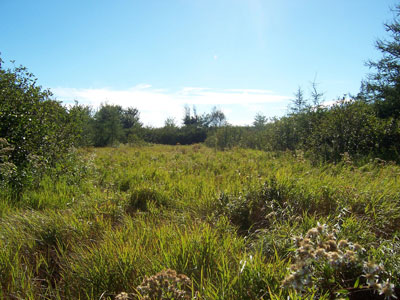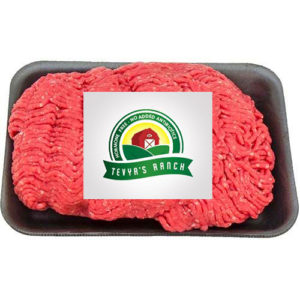Beitza 10a-b. (2)
1- We learned the Mishna regarding one who chose birds on Erev Yom Tov to be shechted on Yom Tov and finds that the ones he selected have been replaced by others. For example ‘he prepared white ones and found black ones’.

In such a case the Gemara explains it is obvious that the black ones are not the the white ones that he prepared. So the Mishna must be talking about a case where he prepared white and black ones. In the morning he finds the same amount of blacks and whites but that perhaps they switched places.
The question revolves on whether we can make assumptions that the ones he found are indeed – albeit the change of place, the ones he had designated.
2- We mentioned the humorous headline in a Torah journal in the mid 60’s when the the Maccabees, predecessors of the Shomrim/Shmira, organized by Reb Shmuel Shrage were accused of attacking white gangs despite their stated goal of protecting Crown Heights from the marauding gangs of color.
The headline: ” זמן שחורים ומצא לבנים”
Found this on-line:
http://crownheights.info/something-jewish/498685/heres-my-story-the-maccabees/
http://www.nytimes.com/1964/06/09/racism-minimized-in-crown-heights.html
3- So we have a dilemma. Are these black and whites the ones chosen yesterday and they just switched places. Or perhaps the ones chosen had flown away and these are different ones and hence muktzeh.

The Gemara introduces the concept of ‘rov and korov‘. Meaning when two methods of resolving doubt clash and come to different conclusion.
An example is precisely our discussion. We are presented a case of doubt of whether these birds are the original ones or new ones. One can resolve this problem in two logical ways with opposite conclusions.
a- ‘Rov’- Majority. The odds are that these are different birds simply because there are millions of free roaming birds.

b- ‘Korov’ – proximity. In our case, these birds although being found not exactly where they were originally placed, nevertheless they are/were closer than any other ‘birds of the world’. So ‘korov’ would imply that we can assume that these are indeed the ones chosen yesterday.
Reb Chanina is the one who posited that one follows ‘rov’ and not ‘korov’.
4- ‘Prepared 3 and found 2’.
Here the issue is whether the 2 are of the the original set of 3 or 2 new ones.
To be continued next week IY”H.
5- Speaking of the laws of ‘egla arufa’ we mentioned Reb Shimshon of Chinon, France. His popular book is ‘Sefer Hakrisus‘. Here
At the very end of this sefer he poses a famous question:
The Torah prohibits the plowing of a field where the ‘egla arufa’ was beheaded. So why do we not suspect that every field is perhaps one had an ‘egla arufa’ process right there!

We cannot follow the concept of ‘rov‘ (most fields in the world did obviously not have this performed on it) because of the rule of ‘kovua‘! So basically all fields have a 50-50 chance (in theory) of being prohibited to be plowed and planted.










.jpg)
